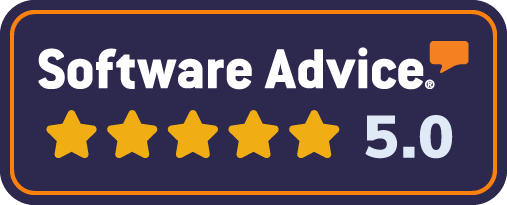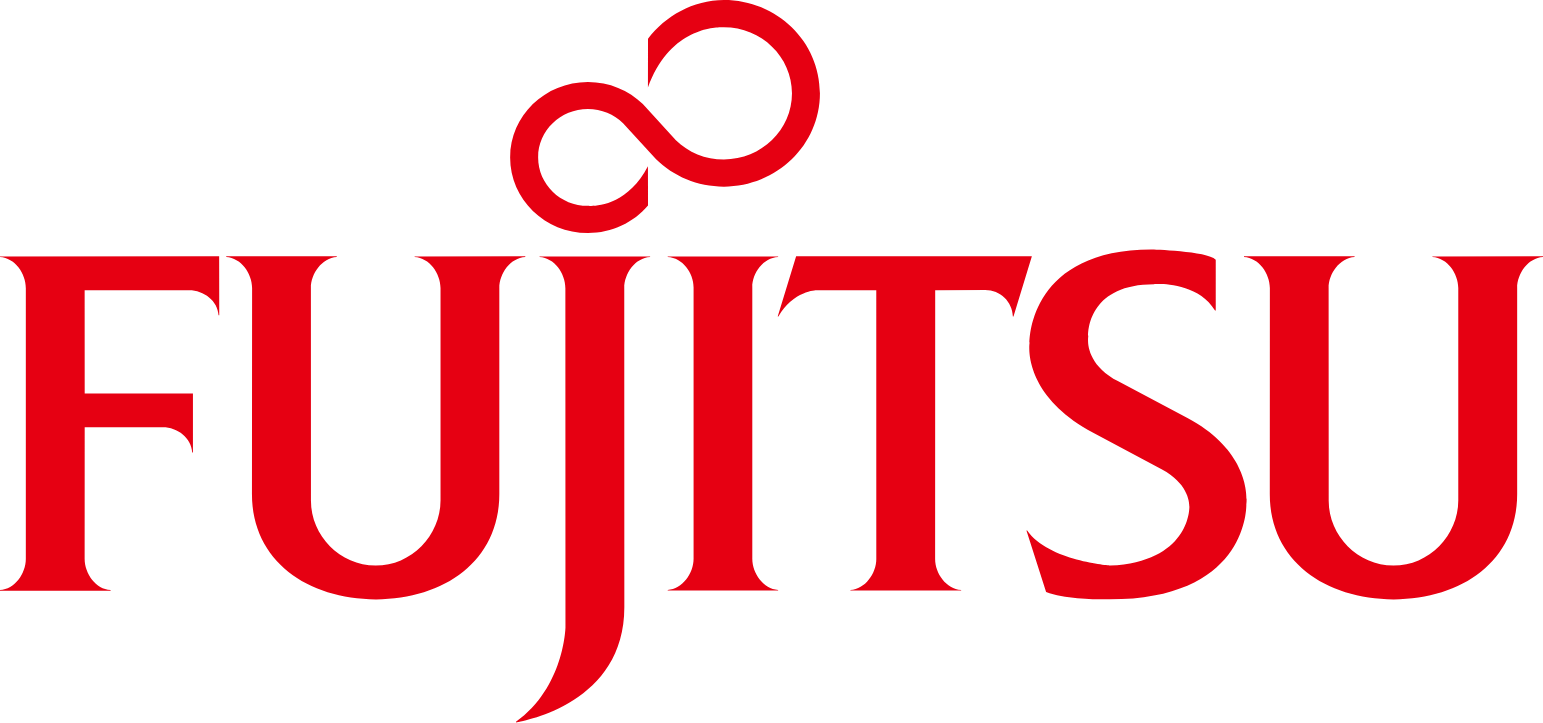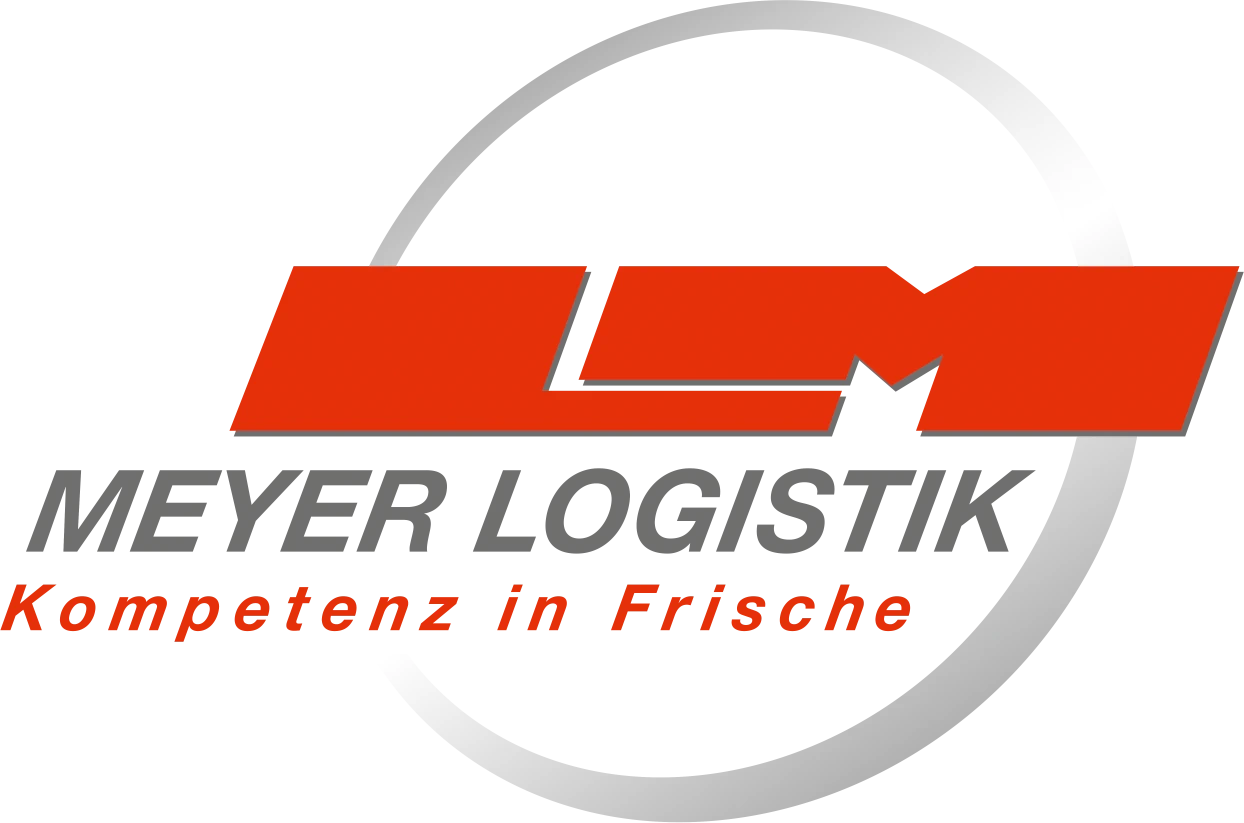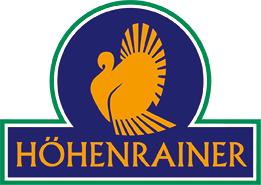Employee Wellness Program Design Checklist
A template to guide the design of an employee wellness program, encompassing stakeholder engagement, needs assessment, program objectives, activities, evaluation, and sustainability planning.
Program Objective
FAQ
How can I integrate this Checklist into my business?
You have 2 options:
1. Download the Checklist as PDF for Free and share it with your team for completion.
2. Use the Checklist directly within the Mobile2b Platform to optimize your business processes.
How many ready-to-use Checklist do you offer?
We have a collection of over 5,000 ready-to-use fully customizable Checklists, available with a single click.
What is the cost of using this Checklist on your platform?
Pricing is based on how often you use the Checklist each month.
For detailed information, please visit our pricing page.
What is Employee Wellness Program Design Checklist?
A comprehensive checklist to design an employee wellness program includes:
- Define program goals and objectives:
- Identify target population (employees)
- Determine desired outcomes (e.g., improved health, increased productivity)
- Conduct a needs assessment:
- Gather data on employees' health risks and wellness needs
- Analyze current workplace wellness initiatives and resources
- Develop a program framework:
- Establish a governance structure (e.g., team, committee)
- Define roles and responsibilities
- Choose program components:
- Physical activity programs (e.g., fitness classes, walking clubs)
- Nutrition and weight management programs (e.g., healthy eating workshops, meal planning resources)
- Stress management and mental health programs (e.g., meditation sessions, employee assistance programs)
- Health education and awareness programs (e.g., health screenings, disease prevention workshops)
- Select a program delivery method:
- On-site programs (e.g., fitness classes, health coaching)
- Online programs (e.g., webinars, mobile apps)
- Referral-based programs (e.g., gym membership discounts, telemedicine services)
- Establish partnerships and collaborations:
- Partner with local healthcare providers or wellness centers
- Collaborate with employee resource groups or diversity committees
- Develop a budget and funding plan:
- Determine program costs and revenue streams
- Identify sources of funding (e.g., company contributions, grants)
- Create an implementation plan:
- Define timelines and milestones
- Assign responsibilities and tasks to team members
- Evaluate and monitor program effectiveness:
- Establish metrics and benchmarks for success
- Conduct regular assessments and surveys to measure impact
How can implementing a Employee Wellness Program Design Checklist benefit my organization?
Implementing an Employee Wellness Program Design Checklist can benefit your organization in several ways:
- Improved employee health and productivity: By designing a program that meets the unique needs of your employees, you can help them manage stress, prevent chronic diseases, and maintain a healthy work-life balance.
- Increased employee engagement and retention: A well-designed wellness program can boost employee morale, motivation, and job satisfaction, leading to lower turnover rates and improved recruitment outcomes.
- Enhanced employer brand reputation: Offering a comprehensive wellness program can enhance your organization's reputation as an attractive and supportive workplace, helping you attract top talent and build strong relationships with employees.
- Reduced healthcare costs: By promoting healthy behaviors and early disease prevention, you can reduce the likelihood of costly medical interventions and minimize the impact on your employee benefits plans.
- Increased productivity and profitability: A healthier workforce is more productive, efficient, and effective, which can lead to increased revenue, improved competitiveness, and enhanced overall business performance.
What are the key components of the Employee Wellness Program Design Checklist?
Here are the key components:
- Physical Health Initiatives
- Mental Health and Well-being Strategies
- Nutrition and Weight Management Programs
- Stress Reduction and Resilience Building
- Sleep Improvement Techniques
- Employee Engagement and Motivation Methods
- Fitness and Exercise Incentives
- Work-Life Balance Support
- Leadership Buy-In and Accountability
- Budgeting and Resource Allocation
Target Audience
Program Components
Partnerships and Resources
Program Evaluation
Implementation Timeline
Budget Allocation
Communication Plan
Program Manager
Expense Reduction
 34%
34% Development Speed
 87%
87% Team Productivity
 48%
48% Generate your Checklist with the help of AI
Type the name of the Checklist you need and leave the rest to us.
 Made in Germany
Made in Germany Fair Pricing Policy
Fair Pricing Policy




























 Certified Security and Data Protection
Certified Security and Data Protection Active Support and Customer success
Active Support and Customer success Flexible and Fully customizable
Flexible and Fully customizable